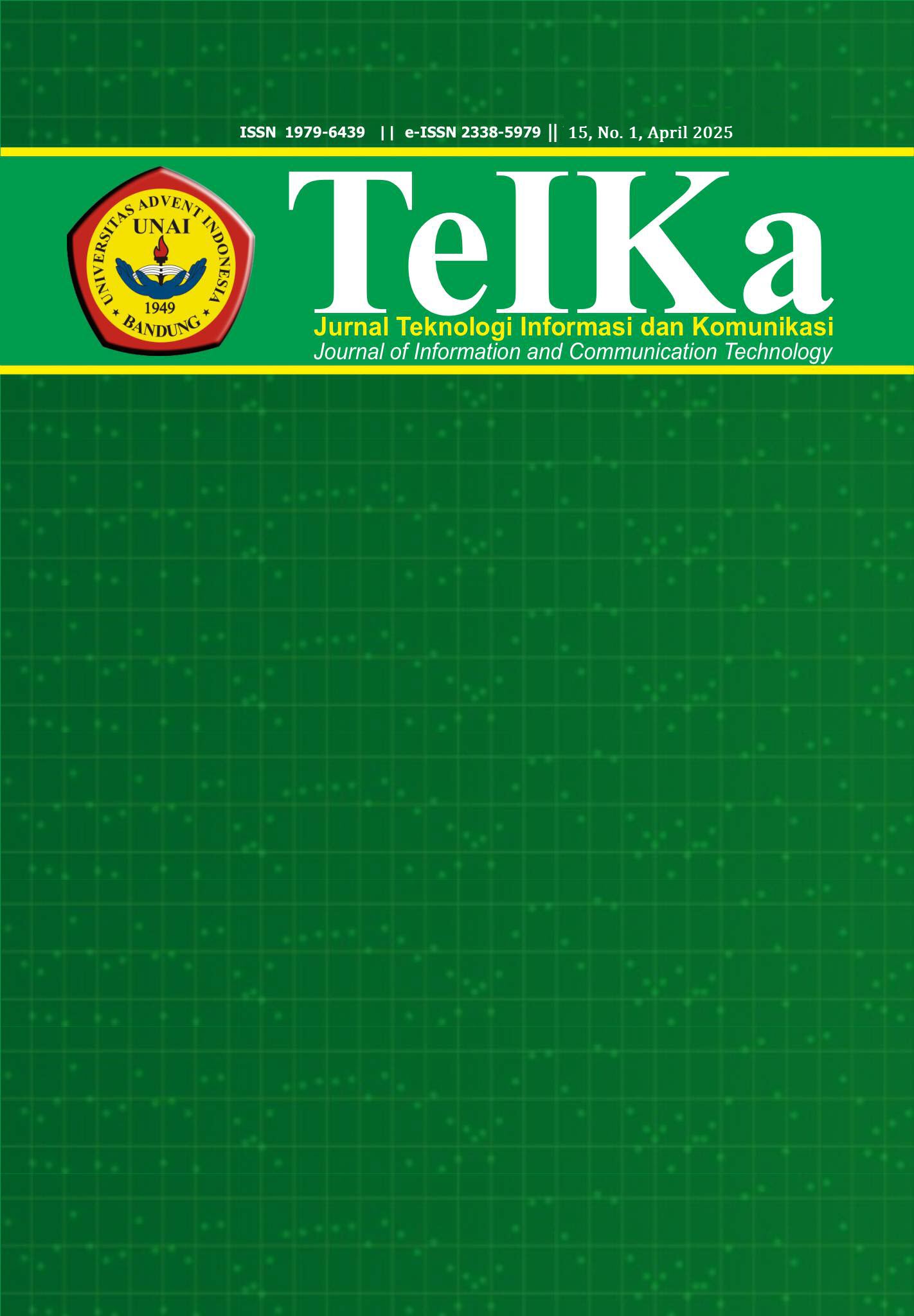Information Technology Risk Mana information technology risk management (MRTI) strategy based on literature studies
Keywords:
MRTI IT Security, ISO 27001, OCTAVE, NIST, Risk Mitigation, Literature ReviewAbstract
The increasing reliance on information technology (IT) across various sectors has led to the growing importance of managing IT risks effectively. Information technology systems are prone to a variety of risks, including cybersecurity threats, system failures, and human errors. These risks can have severe consequences, such as financial loss, data breaches, and operational disruptions. To address these challenges, organizations must adopt comprehensive risk management strategies. This literature-based study explores various approaches and frameworks for managing IT risks, such as ISO 27001, NIST, and OCTAVE, by reviewing existing research and methodologies. The study aims to identify best practices, challenges, and trends in the field of IT risk management, offering insights into how organizations can improve their risk management strategies to enhance the resilience of their IT systems. Through this literature review, the paper highlights the importance of a systematic approach to IT risk management and provides recommendations for organizations seeking to mitigate risks and safeguard their technological.
Downloads
References
A. Wijoyo SSKom, S. Fatimah, Y. Widianti, and M. Fadillah, “Keamanan Data dalam Sistem Informasi Manajemen: Risiko dan Strategi Perlindungan.” [Online]. Available: https://jurnalmahasiswa.com/index.php/teknobis
M. Andre, G. Wattimena, and A. R. Tanaamah, “Analisis Manajemen Risiko Teknologi Informasi Menggunakan COBIT 5 Pada TSI/Teknologi dan Sistem Informasi Perpustakaan UKSW,” Journal of Information Systems and Informatics, vol. 3, no. 3, 2021, [Online]. Available: http://journal-isi.org/index.php/isi
F. Ivan Alfiansyah and B. Trias Hanggara, “Evaluasi Manajemen Risiko Teknologi Informasi menggunakan Standar Cobit 5 IT Risk pada PTPN X Pabrik Gula Meritjan Kediri,” 2020. [Online]. Available: http://j-ptiik.ub.ac.id
S. Ariyanto, “Analisis Framing Model Robert N. Entman tentang Serangan Ransomware Pada PT Bank Syariah Indonesia Tbk,” Jurnal CommLine, vol. 9, no. 1, pp. 59–77, 2024.
“Jurnal+Tinjauan+Literatur+tentang+Ancaman+Cybercrime+dan+Implementasi+Keamanan+Siber+di+Industri+Perban”.
C. Claudya Turambi, C. Rudianto, K. Satya Wacana, and J. Tengah, “ANALISIS MANAJEMEN RISIKO TEKNOLOGI INFORMASI MENGGUNAKAN FRAMEWORK ISO 31000 PADA UNIT PEGADAIAN CABANG (UPC) RATAHAN.”
“PEMBANGUNAN DIGITAL INDONESIA,” 2014.
W. Syafitri, “Penilaian Risiko Keamanan Informasi Menggunakan Metode NIST 800-30 (Studi Kasus: Sistem Informasi Akademik Universitas XYZ),” 2016.
P. Kesehatan, P. Kepentingan Majduddin, and Y. N. Kunang, “Analisis Kritis atas Tantangan dan Strategi Manajemen Risiko Teknologi Informasi di Rumah Sakit Ernaldi Bahar: Panduan Praktis untuk,” 2024. [Online]. Available: https://jits.unmuhbabel.ac.id/
B. Sinaga and R. Rochmoeljati, “Analisis Manajemen Risiko Aset Teknologi Informasi dan Pemeliharaan Aset Menggunakan Quantitative Risk Analysis WH-TGR,” 2024. [Online]. Available: http://univ45sby.ac.id/ejournal/index.php/industri/index
Z. V. Leasa and G. F. Prassida, “Manajemen Risiko pada Sistem Informasi Akademik Universitas XYZ menggunakan ISO 27005:2018,” Jurnal Teknologi Dan Sistem Informasi Bisnis, vol. 6, no. 4, pp. 649–656, Oct. 2024, doi: 10.47233/jteksis.v6i4.1459.
S. D. Kuncoro, R. A. Ghaisan, M. U. Zaky, A. Wulansari, and S. Artikel, “Manajemen Risiko pada Teknologi Informasi: Studi Kasus pada Perusahaan Jasa Risk Management in Information Technology: Case Study on Service Company,” 2023.
P. Sektor et al., “Systematic Literature Review Analisis Perbandingan Implementasi Manajemen Risiko TI Systematic Literature Review Analisis Perbandingan Implementasi Manajemen Risiko TI pada Sektor Perbankan,” vol. 06, no. 02, 2024, doi: 10.54209/jatilima.v6i02.481.
Downloads
Published
How to Cite
Issue
Section
License
Copyright (c) 2025 TeIKa

This work is licensed under a Creative Commons Attribution-ShareAlike 4.0 International License.
The submitting author warrants that the submission is original and that she/he is the author of the submission together with the named co-authors; to the extend the submission incorporates text passages, figures, data or other material from the work of others, the submitting author has obtained any necessary permission.
Articles in this journal are published under the Creative Commons Share Alike Attribution Licence (CC-BY-SA What does this mean?). This is to get more legal certainty about what readers can do with published articles, and thus a wider dissemination and archiving, which in turn makes publishing with this journal more valuable for you, the authors.
By submitting an article the author grants to this journal the non-exclusive right to publish it. The author retains the copyright and the publishing rights for his article without any restrictions.









